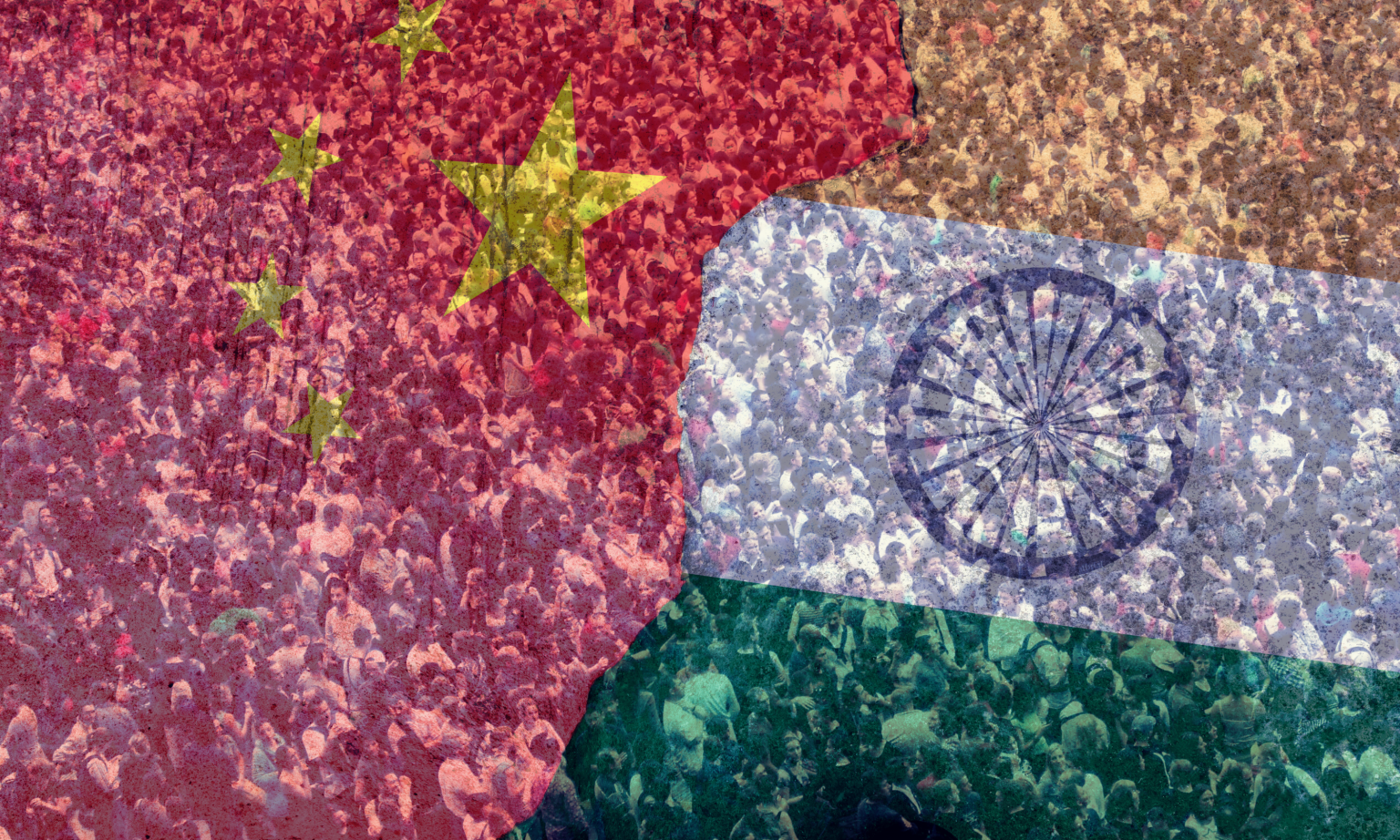Our world is a vast and diverse place, with nations ranging from tiny island states to sprawling continental powerhouses. However, when it comes to population, a handful of countries stand out as true titans. These most populous nations are home to billions of people, each with its unique cultural heritage, economic might, and global influence.
From the ancient civilizations of Asia to the rapidly developing regions of Africa, these countries represent the beating heart of humanity’s story. Their populations are both a testament to their rich histories and a driving force shaping the future of our planet. In this article, we will explore the top 12 most populous countries in the world, delving into their demographics, geographical landscapes, and the factors that have contributed to their remarkable population growth.
China: The World’s Most Populous Nation
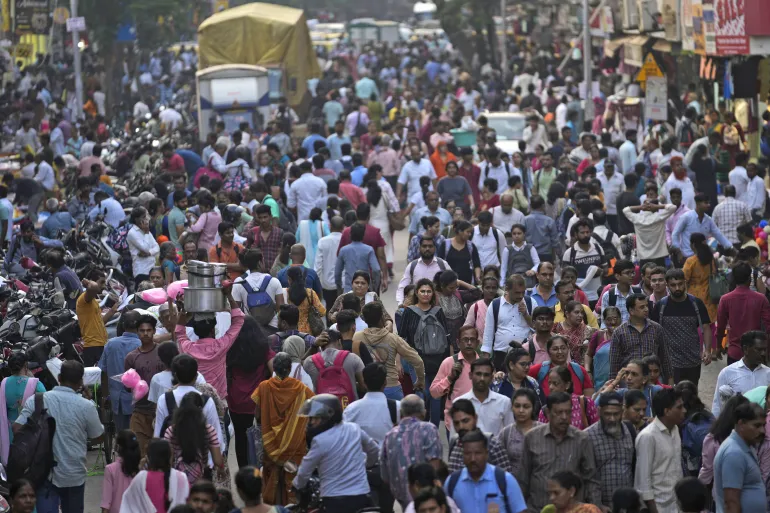
With a staggering population of over 1.4 billion people, China stands as the undisputed leader in terms of population size. This ancient civilization, with a rich history spanning thousands of years, has undergone a remarkable transformation in recent decades, emerging as a global economic powerhouse.
China’s vast landmass, stretching from the Gobi Desert in the north to the tropical regions of the south, is home to a diverse array of ethnic groups and cultures. The country’s rapid economic development and urbanization have played a significant role in shaping its population dynamics, with millions flocking to cities in search of employment and opportunities.
Despite implementing a strict one-child policy in the late 20th century, China’s population continues to grow, albeit at a slower rate. The country’s aging population and declining birth rates pose new challenges, prompting the government to implement policies aimed at boosting fertility and addressing the implications of a rapidly aging society.
India: A Subcontinent of Diversity

With a population of over 1.3 billion people, India is a close second to China in terms of sheer numbers. This vibrant nation, rich in cultural heritage and diversity, is a true melting pot of languages, religions, and traditions.
India’s vast geography, spanning from the snow-capped Himalayas in the north to the tropical shores of the south, has played a crucial role in shaping its population distribution. The country’s fertile river basins, such as the Ganges and the Indus, have supported agricultural communities for millennia, contributing to its population growth.
Despite challenges such as poverty, inadequate infrastructure, and environmental concerns, India’s economy has been steadily growing, attracting investment and fueling urbanization. The country’s youthful population, with a median age of 28, presents both opportunities and challenges, as the nation grapples with providing education, healthcare, and employment for its burgeoning workforce.
United States of America: A Nation of Immigrants

The United States of America, with a population of over 330 million people, stands as the third most populous country in the world. This diverse nation, built on the principles of freedom and opportunity, has long been a beacon for immigrants from around the globe.
From the indigenous communities that have called the Americas home for thousands of years to the waves of immigrants that have shaped the nation’s identity, the United States is a tapestry of cultures and traditions. Its vast territorial expanse, spanning from the Atlantic to the Pacific, encompasses a wide range of climates and landscapes, each contributing to the country’s distinct regional identities.
The United States’ economic prowess, coupled with its reputation as a land of opportunity, has attracted millions of immigrants over the centuries. This influx of people from diverse backgrounds has enriched the nation’s cultural fabric while also presenting challenges in terms of integration, social cohesion, and the provision of resources and services.
Indonesia: An Archipelagic Nation

With a population of over 270 million people, Indonesia is the fourth most populous country in the world. This archipelagic nation, consisting of over 17,000 islands, is a melting pot of cultures and traditions, reflecting its strategic location at the crossroads of ancient trade routes.
Indonesia’s unique geography, with its volcanic islands and lush rainforests, has played a pivotal role in shaping its population distribution. The fertile volcanic soils have supported agricultural communities for centuries, while the country’s rich natural resources have fueled economic growth and urbanization.
Despite challenges such as poverty, inequality, and environmental concerns, Indonesia’s economy has been steadily growing, driven by its abundant natural resources and a burgeoning service sector. The country’s youthful population presents both opportunities and challenges, as the nation strives to provide education, healthcare, and employment for its rapidly growing workforce.

Pakistan: A Populous Nation in South Asia
Pakistan, with a population of over 220 million people, is the fifth most populous country in the world. This South Asian nation, born out of the partition of British India in 1947, has a rich cultural heritage and a strategic location at the crossroads of ancient trade routes.
Pakistan’s diverse geography, ranging from the towering peaks of the Karakoram and Hindu Kush ranges to the fertile plains of the Indus River basin, has played a crucial role in shaping its population distribution. The country’s agricultural sector has been a major driver of population growth, supporting rural communities for centuries.
Despite facing challenges such as political instability, poverty, and environmental concerns, Pakistan’s economy has been steadily growing, driven by its agricultural sector, textile industry, and remittances from its diaspora. The country’s youthful population presents both opportunities and challenges, as the nation grapples with providing education, healthcare, and employment for its rapidly growing workforce.
Brazil: A Powerhouse in South America
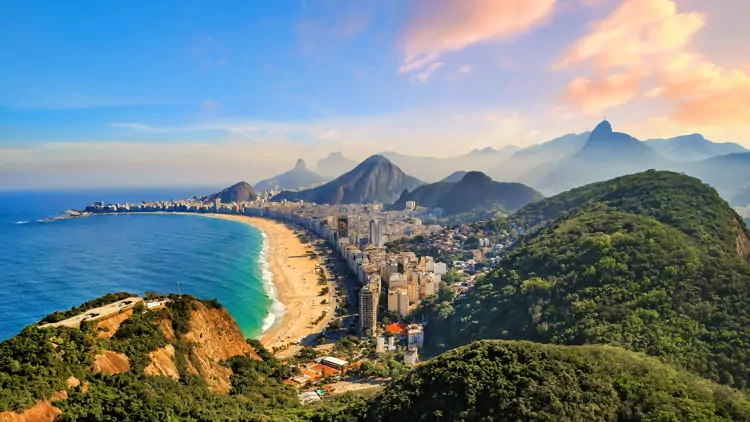
With a population of over 210 million people, Brazil is the sixth most populous country in the world and the largest in South America. This vast nation, spanning a diverse range of landscapes from the Amazon rainforest to the beaches of Rio de Janeiro, is a melting pot of cultures and traditions.
Brazil’s rich natural resources, including its vast agricultural lands and mineral wealth, have played a significant role in shaping its population dynamics. The country’s rapid urbanization, fueled by economic growth and industrialization, has led to the emergence of megacities like São Paulo and Rio de Janeiro.
Despite challenges such as income inequality, crime, and environmental concerns, Brazil has emerged as a major economic powerhouse in the region, driven by its thriving agricultural, mining, and manufacturing sectors. The country’s youthful population presents opportunities for sustained economic growth, but also challenges in terms of providing education, healthcare, and employment for its growing workforce.
Nigeria: Africa’s Most Populous Nation
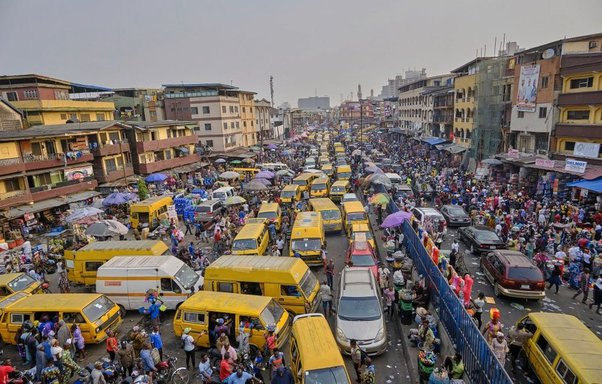
With a population of over 200 million people, Nigeria is the seventh most populous country in the world and the most populous nation in Africa. This vibrant nation, located in West Africa, is a melting pot of diverse ethnic groups and cultures, reflecting its rich history and strategic location.
Nigeria’s population growth has been driven by a combination of factors, including high fertility rates, improved healthcare, and rapid urbanization. The country’s vast oil and gas reserves have fueled economic growth, attracting migration from rural areas to cities in search of employment and opportunities.
Despite facing challenges such as poverty, corruption, and environmental concerns, Nigeria’s economy has been steadily growing, driven by its energy sector, agriculture, and a burgeoning service industry. The country’s youthful population presents both opportunities and challenges, as the nation grapples with providing education, healthcare, and employment for its rapidly growing workforce.
Bangladesh: A Densely Populated Nation

With a population of over 160 million people, Bangladesh is the eighth most populous country in the world and one of the most densely populated nations on the planet. This South Asian nation, located in the fertile Ganges-Brahmaputra delta, has a rich cultural heritage and a long history of agricultural traditions.
Bangladesh’s population growth has been driven by a combination of factors, including high fertility rates, improved healthcare, and rapid urbanization. The country’s fertile lands and abundance of water resources have supported agricultural communities for centuries, contributing to its population growth.
Despite facing challenges such as poverty, natural disasters, and environmental concerns, Bangladesh’s economy has been steadily growing, driven by its garment industry, remittances from its diaspora, and a burgeoning service sector. The country’s youthful population presents both opportunities and challenges, as the nation grapples with providing education, healthcare, and employment for its rapidly growing workforce.
Russia: A Vast Landmass
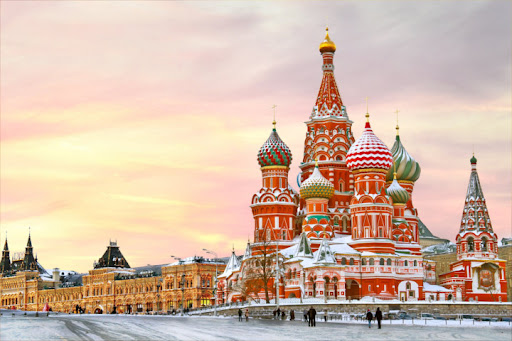
With a population of over 145 million people, Russia is the ninth most populous country in the world and the largest nation by landmass. This vast country, spanning eleven time zones and encompassing a diverse range of landscapes from the Arctic tundra to the steppes of Central Asia, is a tapestry of cultures and traditions.
Russia’s population has been shaped by its rich history, including the expansion of the Russian Empire and the tumultuous events of the 20th century. The country’s vast natural resources, including its oil and gas reserves, have played a significant role in shaping its economic and population dynamics.
Despite facing challenges such as an aging population, declining birth rates, and economic volatility, Russia has emerged as a major global power, driven by its energy sector, military might, and strategic importance.
Mexico: A Nation Bridging Cultures

With a population of over 126 million people, Mexico is the tenth most populous country in the world and a cultural bridge between North and Latin America. This vibrant nation, known for its ancient civilizations, rich traditions, and diverse landscapes, has played a pivotal role in shaping the identity of the Americas.
Mexico’s population growth has been driven by a combination of factors, including high fertility rates, improved healthcare, and rapid urbanization. The country’s fertile lands and abundant natural resources have supported agricultural communities for centuries, contributing to its population growth.
Despite facing challenges such as income inequality, drug-related violence, and environmental concerns, Mexico’s economy has been steadily growing, driven by its manufacturing sector, tourism industry, and remittances from its diaspora. The country’s youthful population presents both opportunities and challenges, as the nation grapples with providing education, healthcare, and employment for its rapidly growing workforce.
Japan: A Technological Powerhouse

With a population of over 126 million people, Japan is the eleventh most populous country in the world and a technological and economic powerhouse. This island nation, with a rich cultural heritage and an unwavering dedication to innovation, has played a pivotal role in shaping the global economy.
Japan’s population dynamics have been shaped by its unique history, including the rapid industrialization of the late 19th and early 20th centuries, as well as the devastating impact of World War II. The country’s aging population and declining birth rates have posed significant challenges, prompting the government to implement policies aimed at boosting fertility and addressing the implications of an aging society.
Despite facing challenges such as an aging population and economic stagnation, Japan has emerged as a global leader in technology, innovation, and manufacturing. The country’s highly skilled workforce and commitment to research and development have helped it maintain its competitive edge in industries such as electronics, automotive, and robotics.
Ethiopia: An Ancient Civilization

With a population of over 112 million people, Ethiopia is the twelfth most populous country in the world and a cradle of ancient civilization. This East African nation, known for its rich cultural heritage and stunning landscapes, has played a pivotal role in shaping the history of the region.
Ethiopia’s population growth has been driven by a combination of factors, including high fertility rates, improved healthcare, and rapid urbanization. The country’s fertile lands and abundant natural resources have supported agricultural communities for millennia, contributing to its population growth.
Despite facing challenges such as poverty, food insecurity, and environmental concerns, Ethiopia’s economy has been steadily growing, driven by its agricultural sector, light manufacturing, and a burgeoning service industry. The country’s youthful population presents both opportunities and challenges, as the nation grapples with providing education, healthcare, and employment for its rapidly growing workforce.
Conclusion
The top 12 most populous countries in the world are a testament to the diversity and resilience of the human experience. From the ancient civilizations of Asia to the rapidly developing regions of Africa, these nations represent the beating heart of humanity’s story.
While population growth presents numerous challenges, including the provision of resources, healthcare, education, and employment, it also offers opportunities for economic development, innovation, and cultural exchange. As the world continues to grapple with the complexities of population dynamics, it is crucial to recognize the unique strengths and challenges of each nation, and to work towards sustainable and equitable solutions that uplift all of humanity.
Through international cooperation, investment in education and healthcare, and a commitment to environmental sustainability, the most populous countries in the world can harness the power of their people to shape a brighter future for all.

